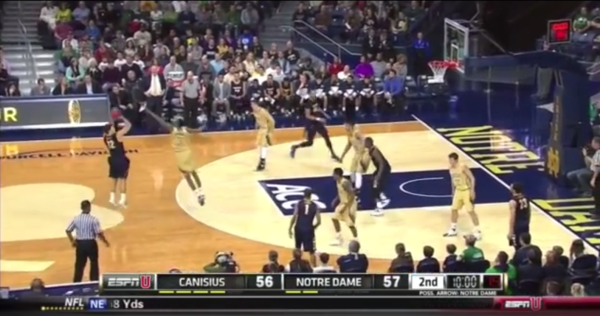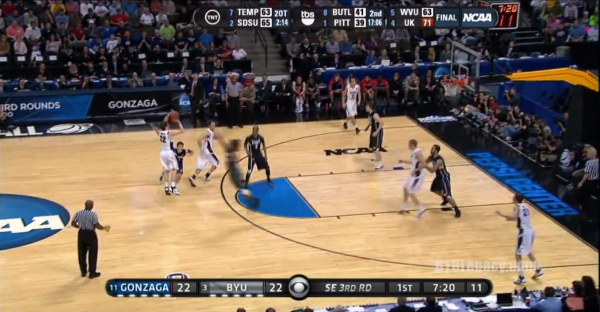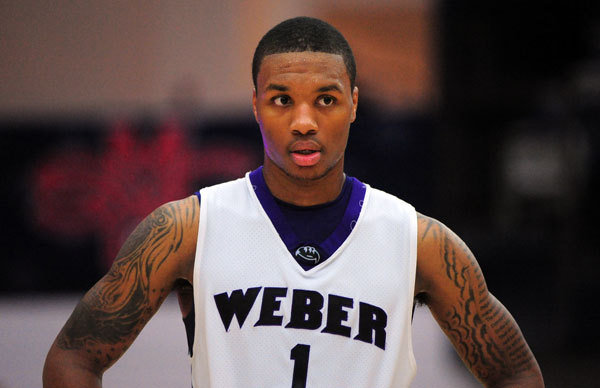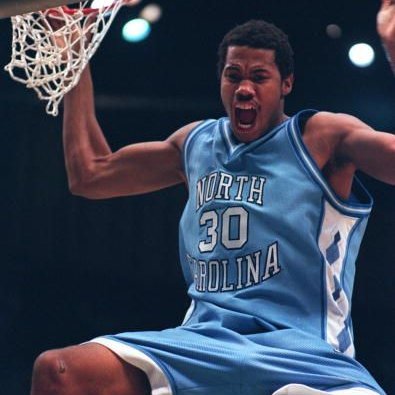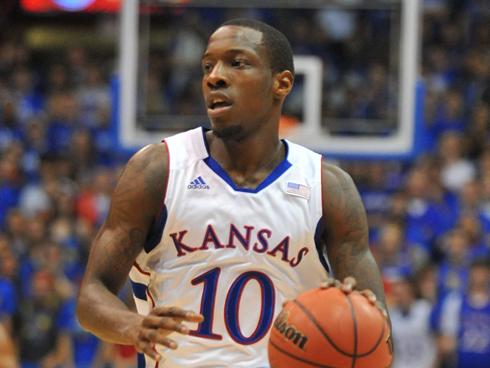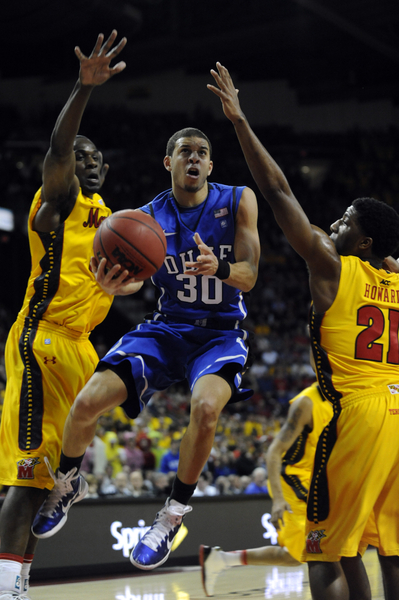ACC Trends: The Rise of Three-Point Shooting, Part I
Posted by Brad Jenkins (@bradjenk) on December 20th, 2016*Ed. Note: This is a repost of an article that first appeared on the site November 8, 2016.
Throughout its long and illustrious history, the sport of basketball has gone through numerous stylistic changes. For many years, the focus was on dominant post players with names like Russell, Chamberlain, Abdul-Jabbar and Walton. In the 1980s a shift to the era of great all-around players began. With apologies to Oscar Robertson, Larry Bird and Magic Johnson led the charge and Michael Jordan took it to the highest level. This trend of the two-way superstar continued to present day, with Kobe Bryant giving way in the last decade to LeBron James. Now, in the mid-2010s, we may be entering the dawn of a new era — the age of the three-point bomber. And if this trend is here for awhile, how will it affect the short-term future for ACC schools? In this first of a two-part look at the issue, we will examine some recent conference trends on three-point shooting.
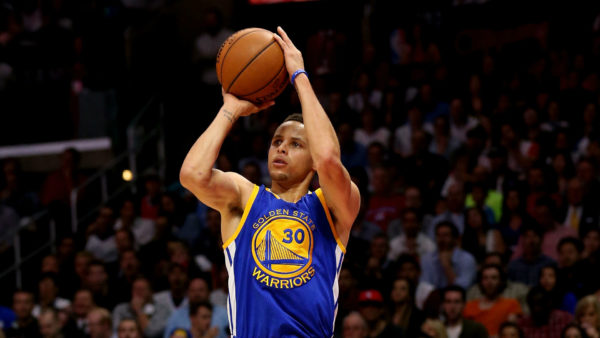
Stephen Curry’s long range bombing represents a new style of basketball that’s already changing the college game. (Getty)
To a great extent nowadays, college coaches borrow ideas from both the NBA and international basketball. High-major programs with a number of future pros like to use pick-and-roll or isolation sets. Coaches with less talented squads often mirror European offenses that feature a drive and kick approach with multiple long-range shooters available. Of late we have seen a dramatic stylistic shift in the NBA that incorporates much of the European model. Despite coming up short to James’ Cleveland Cavaliers in last June’s NBA Finals, the Golden State Warriors are the hottest thing in basketball right now. Led by two-time MVP Stephen Curry, the Warriors set an NBA record by averaging 13.1 made threes per game last season. But Golden State isn’t the only professional team prospering from the deep shot. Clearly seeing the value of good three-point shooting, the average NBA team attempted 24.1 three-pointers last season, compared with an average of only 18.0 just five years prior. And in terms of overall success, the five NBA teams that made the most shots from behind the arc all finished with winning records – including both championship round finalists (the Cavaliers finished second in made threes). Read the rest of this entry »






























